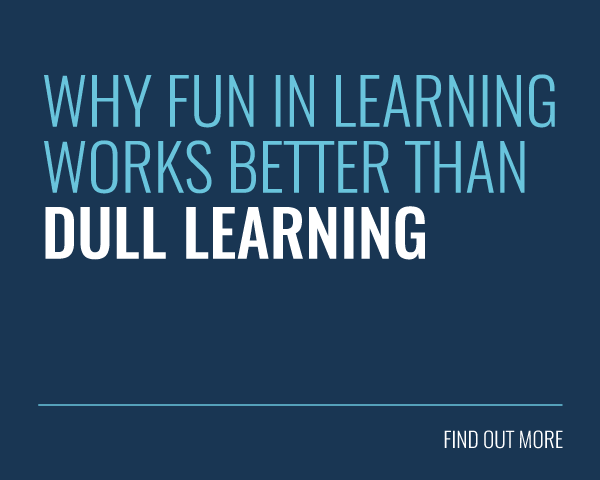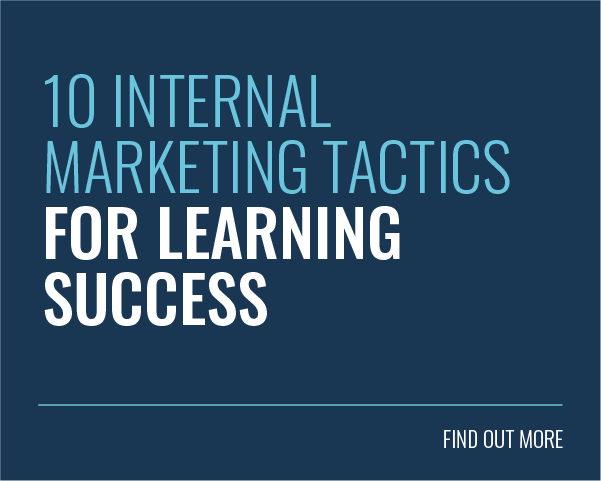Induction training didn’t always seem as important as it does now. Once upon a time, people got a job and kept it for as long as they could; the absolute nirvana of employment being the hallowed job-for-life.
The world of employment has taken some dramatic turns in the last few of decades and now, the tides have turned in favour of a more varied resume. If recent research is to be believed, businesses can expect 45% of their employees to change their jobs in the next two years.
In 2014, Oxford Economics released a report in which they estimated that it costs just over £30,000 to replace a member of staff. According to the report, a large percentage of that figure comes from the reduced productivity in the 28 weeks it takes to upskill a new recruit to the required level.
Actively engaging employees can go some way towards reducing turnover, but if you’re faced with the reality of high attrition rates, it’s worth exploring ways to deal with Oxford Economics’ estimated £30k. Today we’ll look at what you can do to reduce the length of time it takes to bring new starters up to speed. Here are a few tips to make your induction process more efficient.
1. Hire the right people

When you have a vacancy, it’s easy to focus too tightly on finding someone who can deal with that specific job. Instead of merely trying to fill a role, look for the skills and attributes that might make a good fit for your organisational culture.
Look for enthusiastic people who are willing to learn new skills and develop with your business. If you can find people who think like you do, nurture their enthusiasm and they’ll get up to speed much faster. The other bonus is that they’re more likely to stay with your business longer, reducing the future onboarding load.
2. Look at your current induction training
How does your current induction process work? If you have formal training materials that help new starters to find their feet, take a look at how these have performed in the past. Are they handed over to your employees and then forgotten about, or do they include an assessment?
It’s not uncommon for the induction programme to be considered a minor inconvenience on the way to the real training programme, but the first step to improving its effectiveness, is measuring it.
3. Enable Remote Onboarding
One way to cut the cost of hiring new people is to use all of the training time available. The chances are your new employees will need to work a notice period at their current job. By hosting your induction training online, they have the freedom to access the content during this time. Of course, they are under no obligation to spend their free time training for a new job, so it’s important to make the process as appealing as possible.
4. Focus on Engagement
The induction process is where your new employees start forming their first picture of your organisation’s culture. This is the time when they’ll set benchmarks for their own performance. If you want your future employees to actively engage in your business, it’s important to lead by example. By building an engaging induction training programme, new starters are more likely to enjoy the training and complete it quickly. On top of that, you can also make sure that the first impression employees get is a positive and inspiring one.
5. Introduce them to the team
One of the big hurdles in a new job is figuring out who everyone is, what they’re responsible for and how this affects the new starter’s own work. If your learning platform has social capabilities, employees can get to know each other before they officially start work.
New employees can look at their future colleagues profile areas to find out more about them and put faces to names. They can introduce themselves on the news feed voluntarily or you can even add this task to their induction process.
6. Introduce your Industry
There’s a good chance that your new employee is entering an industry they’re unfamiliar with. Aspects of your industry might seem obvious and self-explanatory to you, but these assumptions can hinder an outsider if they don’t have a basic level of knowledge. Make sure your induction programme includes a primer describing the industry and your organisation’s place in it. You don’t need to go into excessive detail here, but be sure to direct them to more in-depth assets should they wish to know more.
7. Encourage Knowledge Sharing
Does your organisation actively promote knowledge sharing and collaboration as part of its culture? By making knowledge more readily available, more visible and easier to share, you can improve efficiency in all areas – not just for induction training. Collaborative knowledge management systems can speed up the onboarding process significantly. New starters can find quick answers by looking through FAQs, or they can directly ask the expert in that area using live chat functionality.
By changing how they interact with their people, organisations can remove a lot of the barriers that stand in the way of more efficient processes. Learning and development managers are instrumental in driving the cultural changes necessary to adapt to an ever-evolving business environment.
If you want to find more ways to keep employees engaged with their training programme, click the button below to download your Engagement Engine Workbook.






